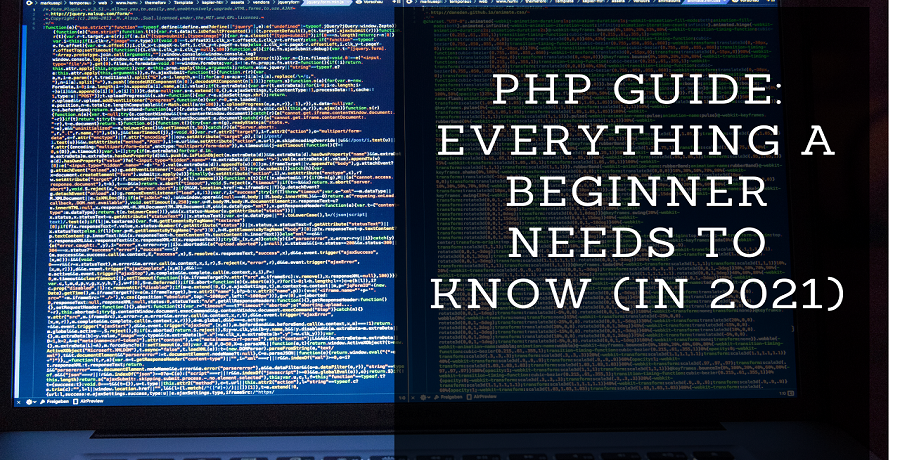Welcome to your PHP learning journey!
Assuming that you have heard the word ‘PHP’ a zillion times, today I’ve designed this guide to help you know the nitty-gritty of PHP.
So, fasten your seatbelts and get ready to get into the world of PHP – the creator behind the working of the websites and apps.
Let’s begin with PHP Guide?
Working of PHP
PHP, Hypertext Pre-processor, is the powerful scripting language used to build static and dynamic websites. Besides, you can develop robust web applications with this open-source language. Although the full-stack JavaScript popularity is skyrocketing worldwide, tech giants, including Facebook, Tumbler, and Wikipedia prefer PHP language. Certificate-oriented PHP training in Chandigarh increases the chances of getting hired by the dream organization.
What Things Can You Do with PHP?
The server-side scripting language aims at enhancing the performance and executing routine tasks for an application. With PHP, you can do various things, including
- Creating, reading, writing, opening, and closing files on the server.
- Dynamically generating files and pages.
- Collecting information from web forms, including email, phone number, and other information.
- Sending your emails to your website users.
- Tracking your site’s visitors by sending and receiving cookies.
- Storing, deleting, and modifying information in the database
- Restricting unauthorized access to your site.
What is the Difference between PHP and HTML?
People often debate that what the need for PHP is when HTML is already there. With the help of PHP, a coder can create an HTML page or section dynamically. Besides, PHP lets you create the output of your desires by taking data and using or manipulating the same.
Another difference your will notice between PHP and HTML is creating an output. In HTML, whatever you put in creates an output. However, the same is not with PHP; it will not provide you an output if there will be something missing or wrong with your code. Unlike HTML, the PHP learning curve is steeper. You can place your PHP script anywhere in the document.
It begins with <?php, and ends with ?>:
Syntax
<?php // PHP code goes here ?>.
Prerequisites to Learn PHP
Many people find the beginning of learning a new programming language challenging. It happens especially when people have no or less idea of where to start. It is among the chief reasons why people give up before beginning their learning journey.
Learning the PHP language may seem overwhelming at first, but it is actually not that much daunting. Great documentation is among the reason for PHP’s worldwide success. You don’t need to have a particular set of skills to get started with documentation. After gaining some knowledge in PHP, you will need to be armed with some other languages to use PHP effectively. The languages include CSS, Java, Script, HTML, and MySQL.
Conclusion
There you have it! This was the PHP guide for beginners. Having some HTML skills helps aspirants learn PHP language without much hassle. If you want to become an expert PHP programmer, it is imperative for you to get PHP coaching from experienced and reputed professionals.
